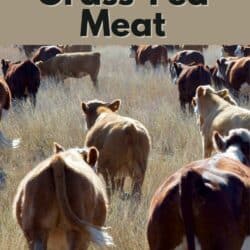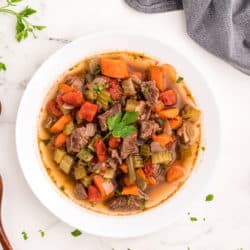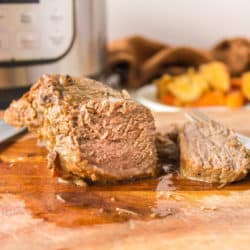Where to Find Local Grass-Fed Beef in 2024
If you’re trying to buy grass-fed beef for your family, you’ll want to save this resource for how and where to find grass-fed meat that is also grass-finished. Find budget-friendly and high-quality red meat close to where you live, or have it shipped right to your doorstep.
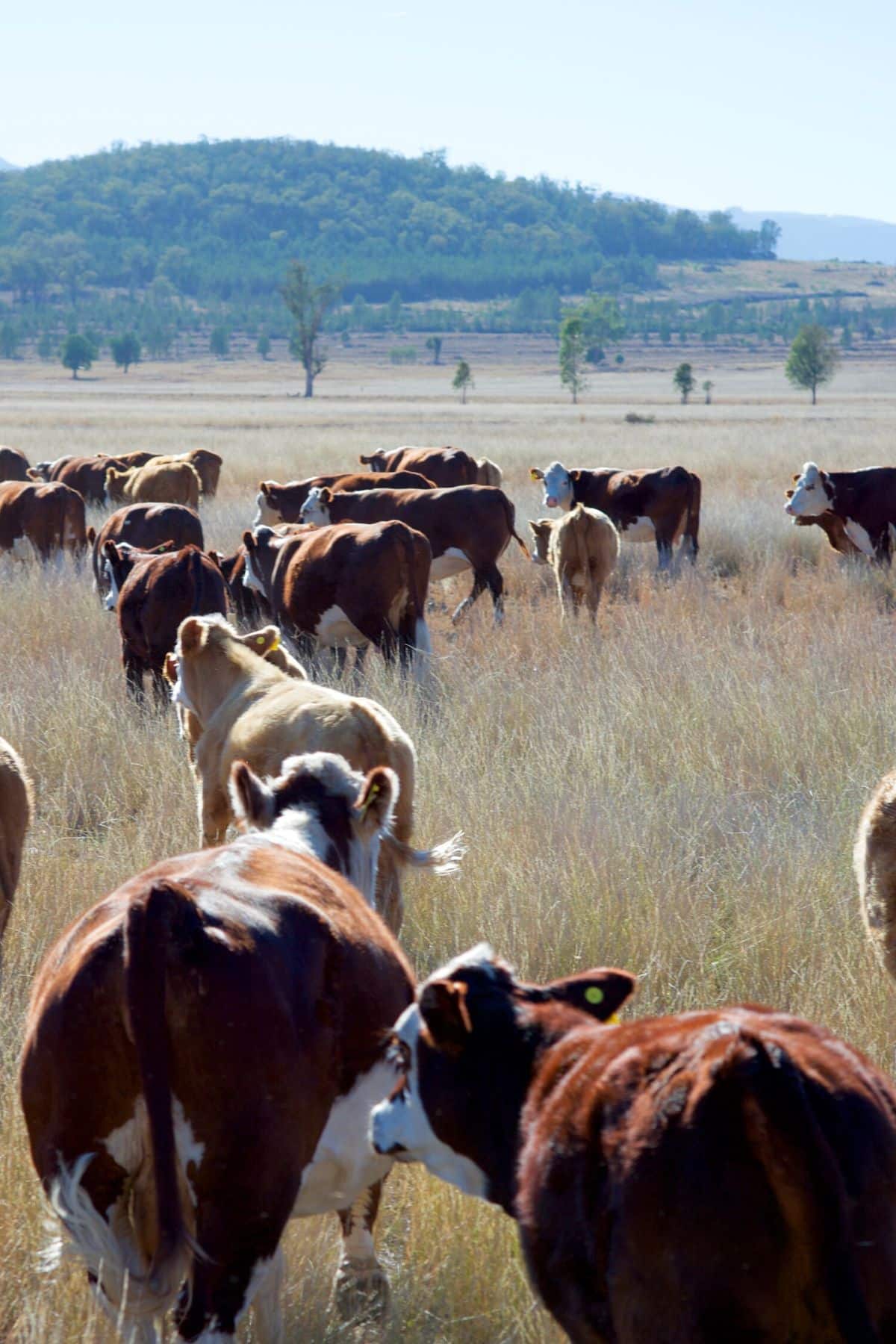
Defining Grass-Fed, Grass-Finished Beef
In the United States, as in other areas where beef is mass-produced, all cattle usually start their lives drinking their mothers’ milk and then eating grass. But, with conventional farming, eating grass stops at around 7 months of age.
At this point, the calves are moved to feedlots and fed grains instead, typically corn and soy. They may also receive some dried grass. Sometimes they are also give growth hormones.
They are usually kept in small stalls, with no opportunity to roam freely. After several months, they are slaughtered.
Grass-fed and grass-finished cows, on the other hand, eat mostly grass for the entirety of their lives.
This may mean that they are pasture-fed too (in other words, they are able to freely graze in a pasture).
Feeding cattle a grass diet is considered far more natural than feeding the cattle grains like corn.
Cows are ruminants, which means they have a rumen. This is the cow’s largest stomach compartment and it acts like a fermentation chamber. It contains the microorganisms and bacteria that the cow needs to digest the cellulose in plants and turn it into amino acids (protein) and fats.
The grain-based diet used in conventional farming and given to cows in the months before they are slaughtered is unnatural for them.
Because the digestive system of a cow is designed for grass, the consumption of grain causes changes to the gastrointestinal system. As a result, the beef itself changes and the nutrient content is different.
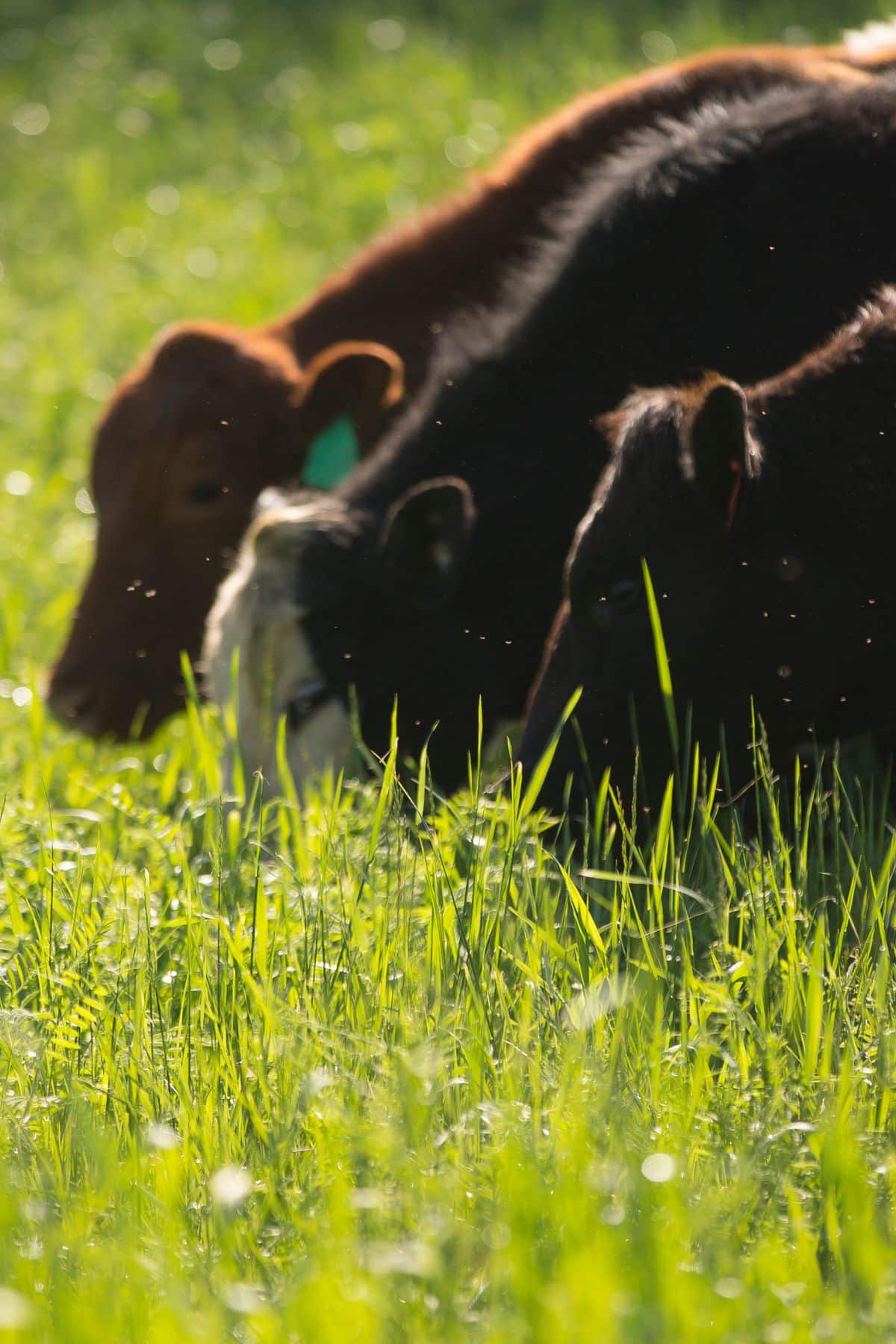
Why is Grass-Fed Special?
Surprisingly, the label “grass-fed” on your meat doesn’t have to mean that the cow was fed only grass.
The same term can be used for meat from cattle that were mostly grass-fed, but may also have been given a grain diet before they were slaughtered.
To be sure that the meat you are buying comes from cattle that were fed ONLY grass, you will need to look for grass-fed and grass-finished beef (also referred to as 100% grass fed beef). This will also ensure the cattle were pasture-raised and that the meat has the ideal nutritional profile.
Grass finished beef that is not labeled as 100% grass-fed and grass-finished or 100% grass-fed is a marketing ploy and should be avoided. In other words, you must look for beef that has not been grain-finished because that defeats the purpose of raising the cattle on grass to only have them fattened up with grains.
You can also consider the health benefits of eating bison meat which is almost always naturally grass-fed and pasture-raised.
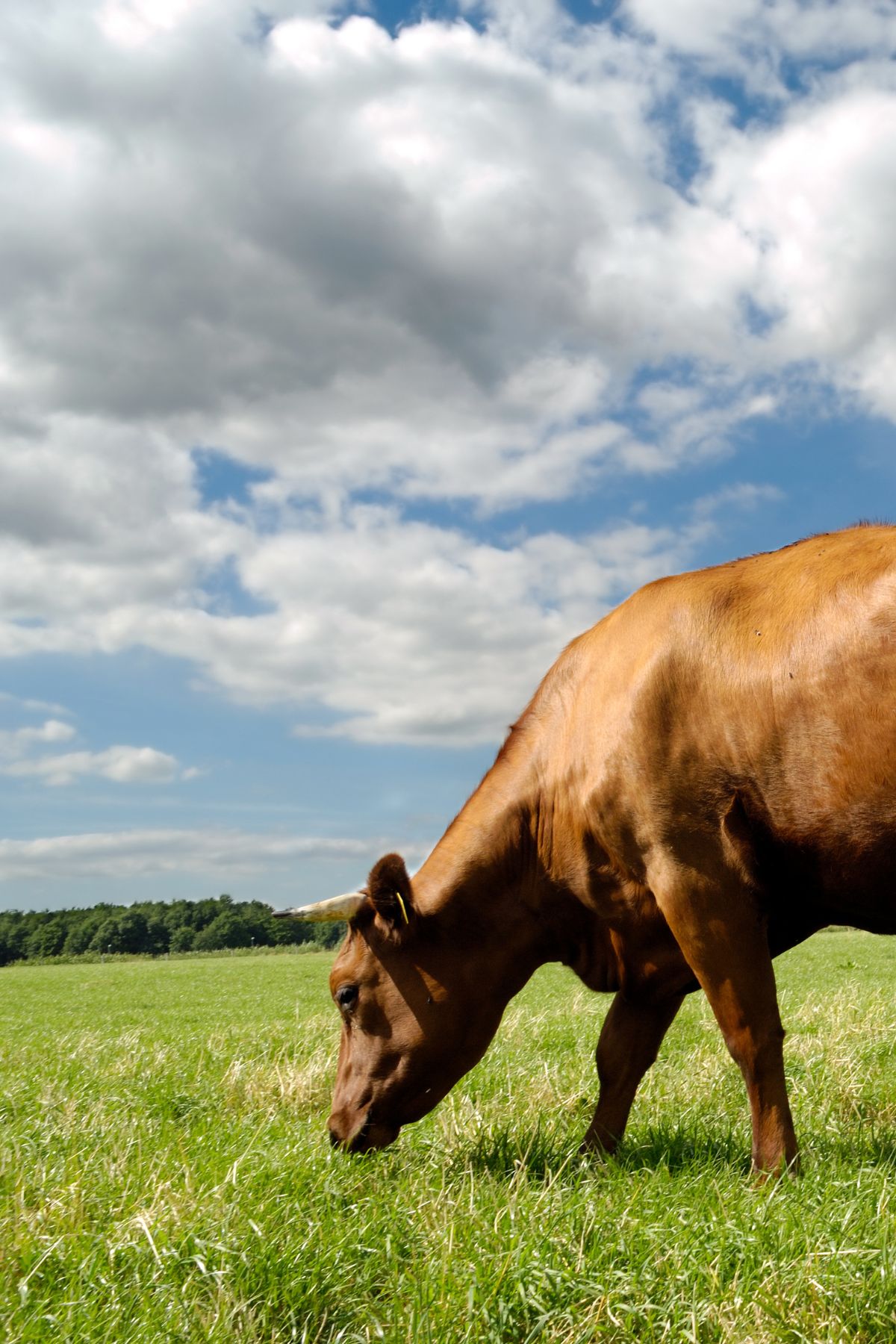
Is Grass-Fed Beef Healthier?
The nutrients in grass-fed beef are different from those found in conventionally farmed beef. And, there is quite a bit of scientific evidence that grass-fed beef may be healthier, although experts debate just how much.
The main difference between the two lies in the fatty acids content. Studies have shown that the overall fat content of grass-fed beef is lower than grain-fed beef. This means that grass-fed beef has less fat and is lower in calories.
Grass-fed beef also contains less saturated and monounsaturated fat. This means that choosing grass-fed beef over conventionally raised beef may lower your risk of heart disease.
Although both types contain a similar amount of omega-6 fatty acids, grass-fed beef is much higher in omega-3 fatty acids. It also contains more conjugated linoleic acid (CLA). This fatty acid has been shown to have the potential to reduce the levels of fat in the body.
Grass-fed beef is also considered a better source of vitamin A, vitamin E, and antioxidants.
An important point to remember is that both grass-fed and grain-fed beef products are very nutritious. They are rich sources of B vitamins, selenium, zinc, iron, and protein. However, 100% grass-fed beef is considered the most sustainable and healthy type.
This type of meat is arguably a lot healthier than fake meats as well. Read my article on the dangers of plant-based meat.
Where to Buy Grass-Fed Beef
Here are the best and most comprehensive resources for finding quality grass-fed and grass-finished beef near you, or with the ability to ship to your doorstep.
You should be able to find ground beef, grass fed steaks, and other individual cuts of meat that you like. All of these resources offer high quality products that rival anything you’ll find in most grocery stores.
1. Google Maps
Someone kindly put together this directory of grass-finished and grass-fed beef farms that sell to local customers.
Or, you can simply use Google to find local resources for 100% grass-fed beef. Simply put the search term “100% grass-fed beef near me” and see what shows up! Even if there aren’t farmers in your immediate area, you can likely have frozen meat shipped to your home.
By shopping locally, you’ll be supporting quality farming practices and sustainable agriculture. You’ll also be rewarding a family farm and the hard work of the farmers.
2. Eat Wild Directory
This is the US and Canada’s most comprehensive list of grass-fed or pastured meat and dairy products.
3. ButcherBox
ButcherBox delivers 100% grass-fed beef along with free-range organic chicken, humanely raised pork, and wild-caught seafood directly to the doors of its members.
This is a membership service (I have not tried it, but I have heard good things).
4. US Wellness Meats
This online company specializes in all-natural, whole foods, including 100% grass-finished beef.
5. Verde Farms
Verde Farms aims to supply food that benefits its customers, the farmers, and the environment.
You can enter your zip code to find their products near you or order them online from Amazon Fresh.
Other ideas
If you don’t want to order online or from a meat delivery service, you can always ask your local butcher to supply 100% grass-fed beef. Or, look around at your local farmers market for beef producers who are raising cattle the way nature intended.
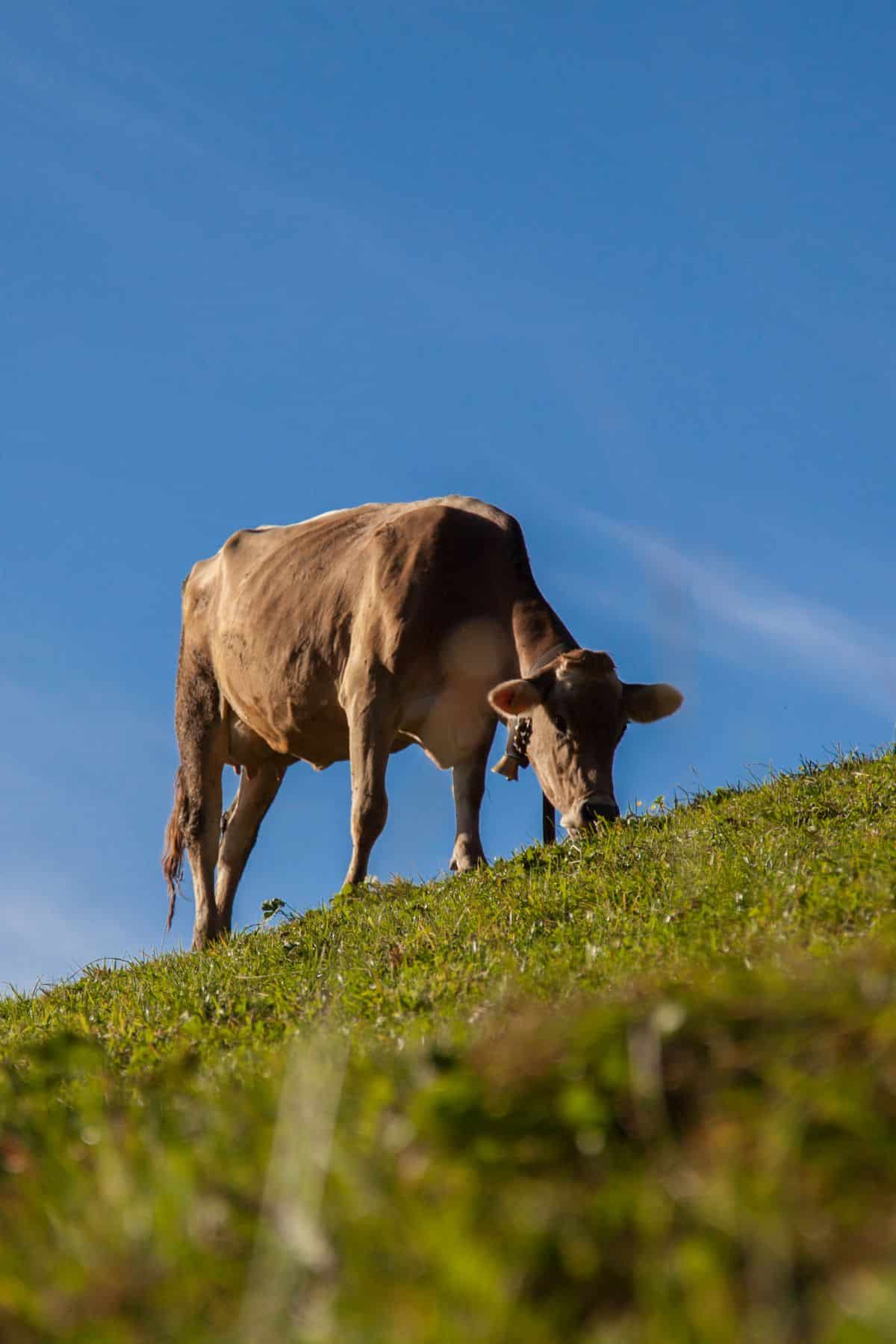
FAQs About Grass-Fed Beef
On the whole, yes. And there are many reasons for this:
Grass-fed cattle take longer to raise. (An average of 28 months compared to as little as 18 months for grain-fed.)
Processing costs are higher. (Grass-fed beef is usually produced by small-scale farmers using local abattoirs rather than large-scale slaughterhouses.)
Grass-fed beef is usually dry-aged. (This takes longer than wet-aging, the process usually used for conventional beef. It also uses more space and is labor-intensive.)
Butchering grass-fed meat is more expensive than grain-fed. (It takes longer because dry-aged beef requires more trimming.)
Yes, you can. You should freeze it as soon as possible after purchase and keep it for up to 4 months. While it will still be safe to consume after this time, the flavor won’t be as good.
To protect your grass-fed beef from freezer burn, either vacuum pack it in thick plastic or double wrap it in butcher paper.
Grass-fed beef may be a little more prone to harmless discoloration than conventional beef. This is because conventional beef is often treated with chemicals to maintain its bright red color.
In general, grass-fed beef cooks in around ⅔ of the time of conventional beef. This means it’s important to keep a close eye on it as it can become overcooked very quickly.
It is delicious pan-seared, served rare or medium-rare. It tends to dry out a little when cooked for longer. If you prefer your beef well done, I recommend slow cooking it. The combination of the longer cooking time and liquid ensures the end result is nice and moist.
Remember that grass-fed beef has a lower overall fat content than grain-fed. For that reason, it’s a good idea to cook it with a little light oil. This will help with browning and will also make sure it doesn’t stick to your pan!
Some people like to marinate very lean cuts so that they don’t dry out too much. Marinades made with citrus juice, vinegar, or yogurt are ideal. Always remember to marinate your beef in the refrigerator, not on the countertop.
Although the differences are very subtle, many people can tell grass-fed beef from regular beef. It is slightly richer and ‘gamey’ in flavor. It is also a little less sweet.
The texture is different, too, and seems meatier! When raw, the fat can be quite yellow in color compared to grain-fed meat and you will be able to see that the overall content is lower by the lack of marbling.
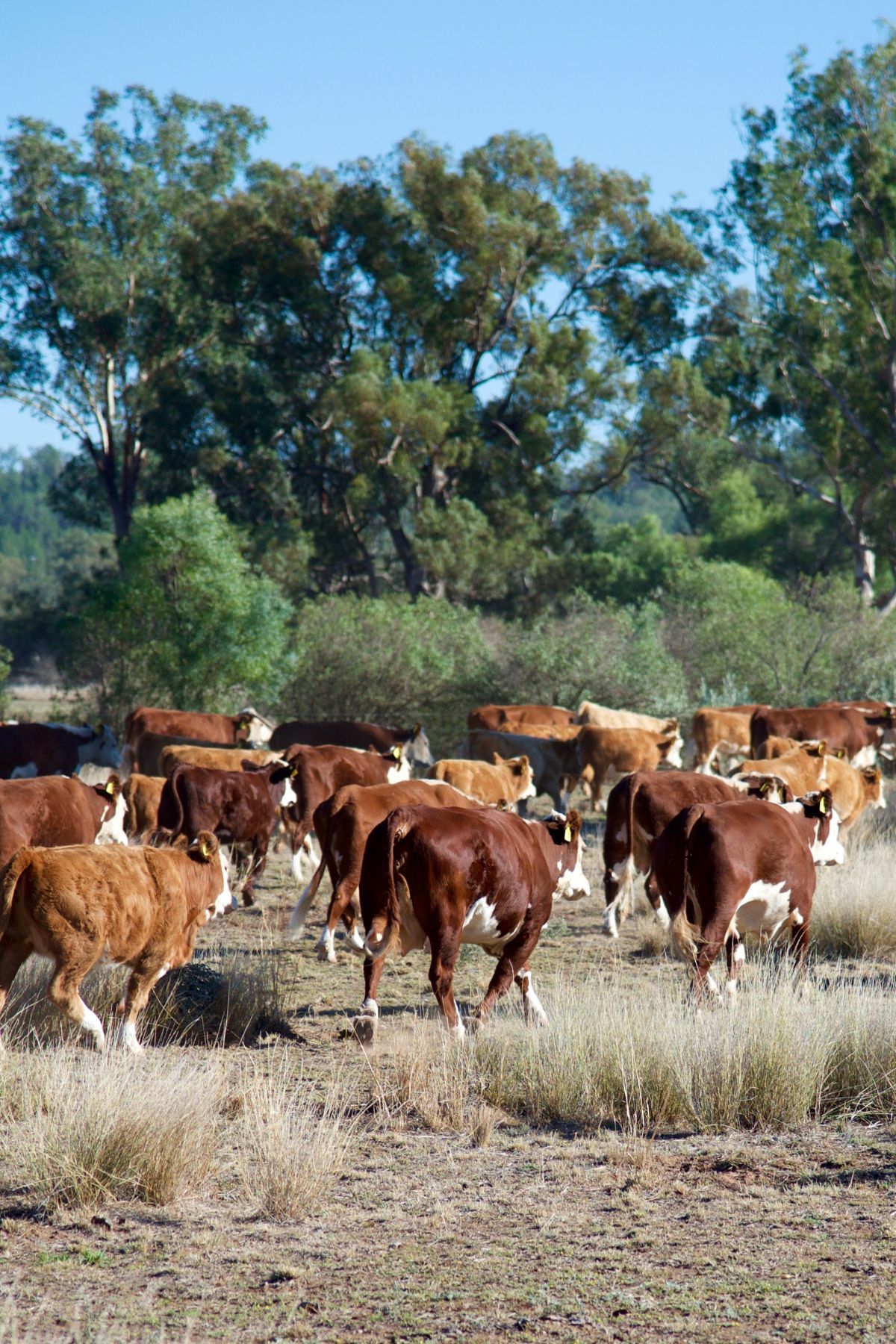
Recipes Using Grass-Fed Beef
Conclusions
Beef is nutrient-dense. Whether you choose the grass-fed or grain-fed variety, it remains a valuable addition to your diet. In addition to its wonderfully complex flavor, it is lower in fat and even more nutritious – a winning and delicious combination!
Don’t forget to join my newsletter list to get exclusive clean eating recipes and tips. The newsletter is 100% free with no spam; unsubscribe anytime.
About the Author: Carrie Forrest has a master’s degree in public health with a specialty in nutrition. She is a top wellness and food blogger with nearly 10 million annual visitors to her site. Carrie has an incredible story of recovery from chronic illness and is passionate about helping other women transform their health. Send Carrie a message through her contact form.
Note: this post is for informational purposes only and is not intended as medical advice. Please consult your healthcare provider for recommendations related to your individual situation.


